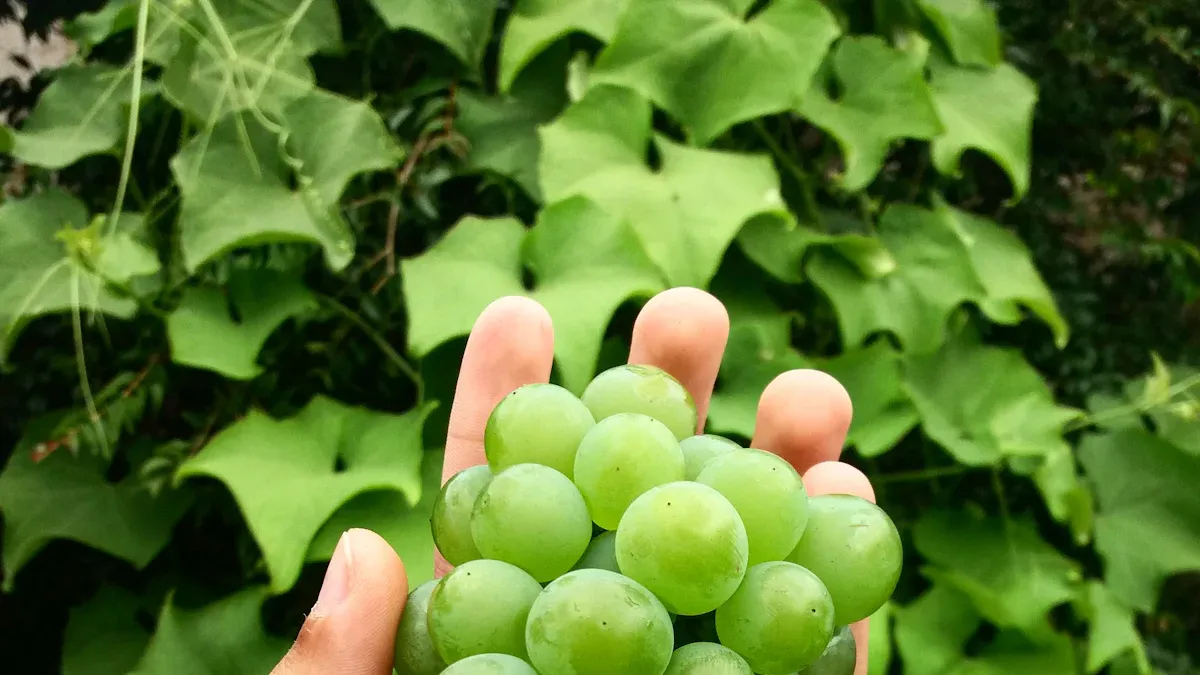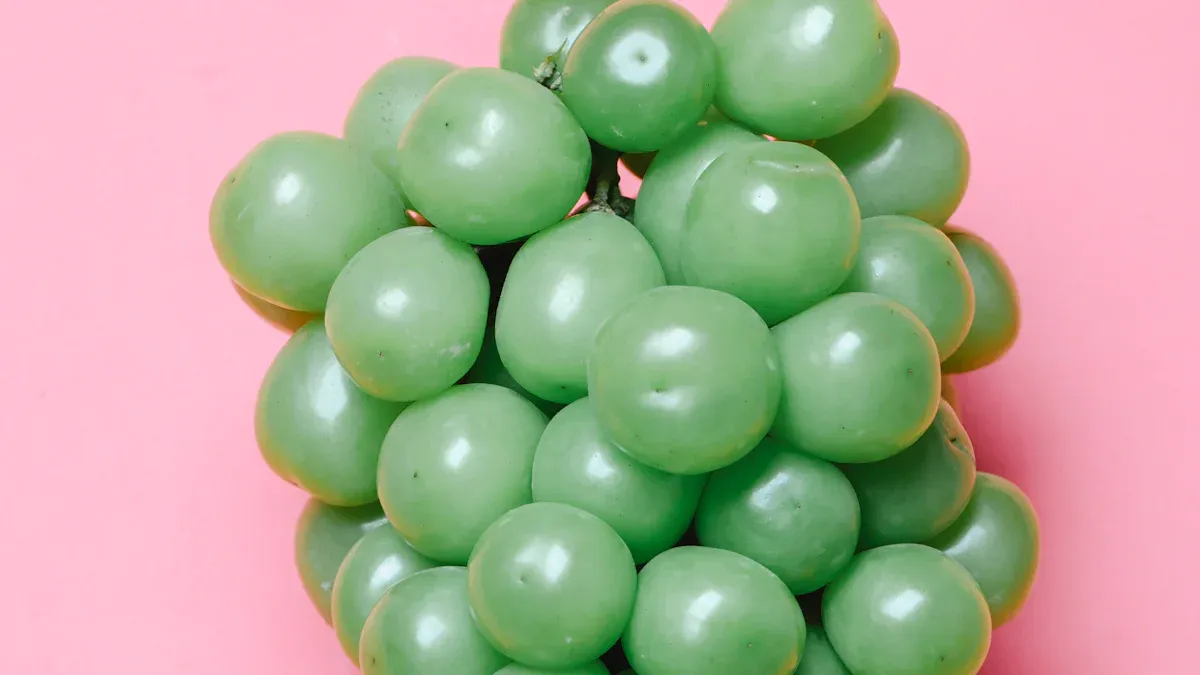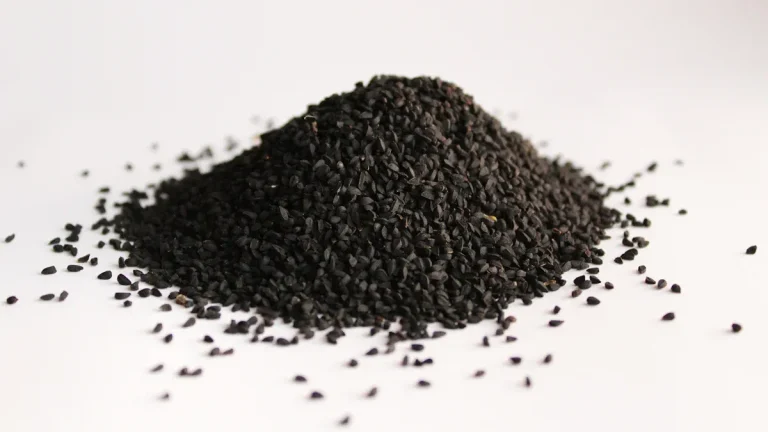
Seedless grapes are not considered GMOs. Many people mistakenly believe that all seedless fruits, including grapes, result from genetic modification. In reality, these fruits often come from natural processes. Understanding this distinction can help you make informed choices about what you eat.
Key Takeaways
Seedless grapes are not genetically modified organisms (GMOs). They are developed through natural processes like traditional crossbreeding.
Triploidy is key to seedless grapes. This genetic condition leads to the production of seedless fruits, enhancing their appeal.
Consumer preference is shifting towards seedless grapes due to their convenience and taste. They are just as nutritious as seeded varieties.
Understanding GMOs

What Makes a GMO?
A genetically modified organism (GMO) is a plant, animal, or microbe whose genome has been altered through high-tech genetic engineering methods. This alteration can involve introducing, enhancing, or deleting genes within the same species or across different species. GMOs are organisms whose genetic material has been modified in ways that do not occur naturally. These modifications often use modern biotechnology techniques, such as recombinant DNA technology.
In agriculture, scientists use various techniques to create GMOs. Here are some common methods:
Conventional selective breeding methods remain the most common in agriculture.
Newer biotechnology techniques involve inserting genes from one organism into another to impart specific traits.
These techniques help crops resist pests, tolerate herbicides, improve drought resistance, and increase nutritional value.
Misconceptions About Seedless Grapes
Many people mistakenly believe that seedless grapes are GMOs. However, this is not the case. Seedless grapes are developed through asexual reproduction and traditional crossbreeding techniques, not through modern genetic modification methods. The seedless form of grapes results from manual manipulation of the plant’s genetic material, which differentiates it from GMOs.
Here are some widespread misconceptions about seedless grapes:
Seedlessness in fruits has been cultivated long before the advent of genetic engineering.
Various natural breeding techniques have created seedless fruits, such as preventing pollination.
Seedless grapes are not products of biotechnology; they arose from natural mutations.
For example, the Thompson grape variety, a common seedless type, has historical roots dating back to the Ottoman Empire, predating modern biotechnology. Similarly, Flame seedless grapes were developed through traditional crossbreeding, not genetic modification. Understanding these facts can help you appreciate the natural processes behind seedless grapes and recognize them as non-GMO options.
Seedless Grapes: Natural Processes

The Role of Triploidy
Triploidy plays a crucial role in the development of seedless grapes. In simple terms, triploidy means that a grapevine has three sets of chromosomes instead of the usual two. This genetic condition often leads to the production of seedless fruits. When you enjoy a seedless grape, you are likely tasting a triploid variety.
Here’s how it works:
Triploids are important because they produce seedless fruits. This characteristic arises from the way these plants develop.
Seedless cultivars can be grouped into two major types:
Stenospermocarpic: This type involves fertilization, but the embryo develops only partially. The seeds abort early, resulting in larger berries with traces of seeds.
Parthenocarpic: In this case, the fruit develops without fertilization, leading to completely seedless berries. This type often results from impaired meiosis, which is the process of cell division that produces gametes.
Research shows that the successful induction of polyploids in grapevines has been documented in various studies. These studies focus on characteristics like DNA methylation, which can influence gene expression and traits in polyploid grapevines.
Natural Mutations in Seedless Fruit
Seedless grapes originated from natural mutations that occurred hundreds of years ago. The development of seedless varieties has been achieved through natural crossbreeding, a classical hybridization technique. This method involves transferring pollen from one grape variety to the flowers of another.
Here are some examples of natural mutations that have led to the production of seedless fruit in grapes:
Stenospermocarpy: This mutation allows for fertilization and embryo development, but the seeds abort prematurely. It is commonly used in producing seedless table grape cultivars.
Parthenocarpy: This mutation results in fruits developing without fertilization, leading to small berries that lack seeds entirely.
Natural mutations occur at a low frequency, influenced by environmental factors. In contrast, induced mutations can happen more frequently and are often used to introduce specific traits in breeding programs.
Recent genomic studies have provided insights into the polygenic nature of seedlessness in grapevines. These studies identified specific genes associated with this trait, highlighting the evolutionary history of seedless cultivars. Understanding these natural processes helps you appreciate the complexity behind the seedless grapes you enjoy.
History of Seedless Grapes
Development of Seedless Varieties
The journey of seedless grapes began in the late 19th century. You can trace the first seedless grape variety, Thompson Seedless, back to 1878. William Thompson developed it after obtaining cuttings from the Sultanina Bianca grape. Later, in the 1930s, Harold Olmo introduced the Perlette variety through breeding techniques.
Over time, various breeding methods have emerged to enhance seedless grape varieties. Here’s a quick look at some of these techniques:
Breeding Technique | Description |
|---|---|
Embryo Rescue Technology | Cultivates grape seedlings from the ovules of seedless grapes, speeding up the breeding process by about six years. |
Molecular Markers | Uses RAPD markers to identify major genes controlling seedless traits, facilitating faster breeding. |
In Vitro Culture | Involves three stages: immature ovule embryo culture, embryo germination, and embryo seedling formation. |
Consumer Trends in Seedless Grapes
In recent years, consumer preferences have shifted significantly towards seedless grapes. You may notice that seedless grapes are now increasingly favored due to their convenience. In fact, seeded grapes now account for a small share of total sales.
Here are some insights into current consumer preferences:
65% prefer seedless green/white grapes.
60% prefer seedless red grapes.
31% prefer seedless blue/black grapes.
This trend reflects a growing desire for easy-to-eat fruits. Consumers prioritize consistent quality, superior taste, and flawless appearance. As a result, high-quality seedless varieties, such as Flame Seedless grapes and Thompson grapes, have gained popularity.
The demand for seedless grapes continues to rise, driven by health-conscious consumers seeking non-GMO options. This shift in consumer attitudes has made seedless grapes a staple in the global fruit market.
In summary, seedless grapes are not GMOs. They arise from natural processes, ensuring their safety for consumption. Studies show that they are just as nutritious as seeded varieties. You can enjoy seedless grapes confidently, knowing they are non-GMO project verified and safe for your health.
FAQ
Are seedless grapes safe to eat?
Yes, seedless grapes are safe to eat. They are non-GMO and just as nutritious as seeded varieties.
How do seedless grapes taste compared to seeded grapes?
Seedless grapes often taste sweeter and have a smoother texture. Many people prefer their convenience and flavor.
Can I grow seedless grapes at home?
You can grow seedless grapes at home, but they require specific conditions. Consider purchasing established plants for the best results.


